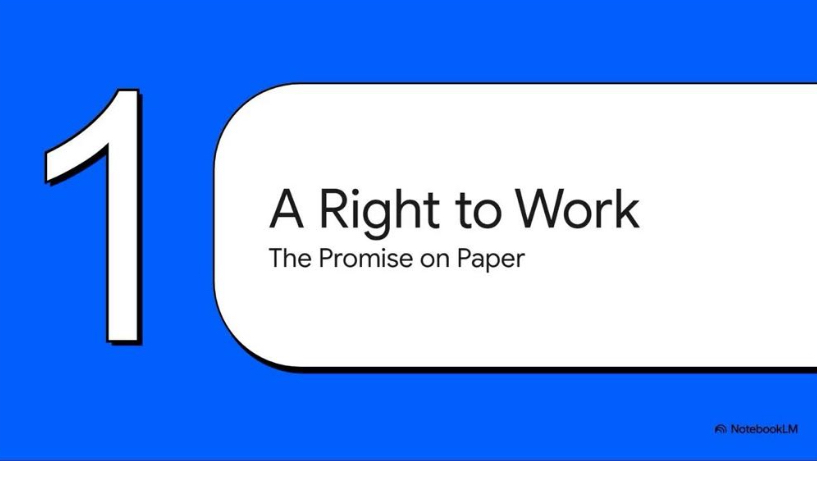Did MGNREGA Achieve Its Vision? A Critical Blogpost Analysis

The Mahatma Gandhi National Rural Employment Guarantee Act (MGNREGA) was launched in 2005 with an ambitious vision: to enhance the livelihood security of rural households by providing at least 100 days of guaranteed wage employment each year, empowering the poorest communities and strengthening rural infrastructure. Almost two decades on, the effectiveness and fulfillment of this vision remain a lively topic of debate.
MGNREGA’s Vision: Aiming High
At its core, MGNREGA’s guiding principle was to create a social safety net for India’s rural poor. By guaranteeing work on demand and focusing on asset creation, the scheme sought not just to alleviate distress but also to drive sustainable development. The vision extended beyond wage employment—it aspired to dignity, resilience, and a reduction in chronic poverty for millions.
Key Achievements
- Large-Scale Employment Generation: MGNREGA has successfully provided wage labor to millions of rural families. In 2022-23 alone, 11.37 crore households benefited, generating over 289 crore person-days of employment. Notably, 56% of these days were availed by women, signaling progress in gender equality. Scheduled Castes and Tribes also saw sizable representation.[1]
- Asset Creation for Rural Development: Through MGNREGA, rural areas received new infrastructure—water tanks, roads, and irrigation works—that contributed to long-term economic and social benefits.
- Livelihood Security and Resilience: The program provided an alternative income source, especially during agricultural lean seasons or crises such as the COVID-19 pandemic. This resilience helped stem distress migration and support vulnerable families.[1]
Shortcomings and Areas of Concern
Despite these achievements, critical gaps prevent MGNREGA from fully realizing its vision.
- Under-fulfillment of Entitlements: While millions have gained employment, the actual provision of 100 days of work per household remains rare. In 2020-21, only 72 lakh households (less than 10% of those who sought work) completed the full quota, highlighting an unmet promise.[2]
- Wage and Allowance Issues: The scheme’s success is undermined by low, often delayed wages—not always indexed sufficiently to inflation. States report major delays in wage disbursal, and compensation for payment lags is infrequency paid or enforced.[2][1]
- Unemployment Benefits Poorly Distributed: Legally, those not offered work within 15 days are entitled to a daily unemployment allowance. In practice, this protection is barely implemented: out of 7,124 eligible workers over five years, only 258 (about 3%) received any unemployment allowance. States like Karnataka, despite high numbers of eligible workers, reported zero disbursement.[1]
- Social Audit and Accountability Weaknesses: Social audits—a key component intended for transparency—are inconsistently performed and underreported. The majority of Gram Panchayats have not been audited consistently, weakening local accountability.[2]
- Low Uniformity and Administrative Challenges: Disparities in wage rates across states, inadequate ombudsperson appointments, and gaps in local-level administrative coordination continue to mar the scheme’s effectiveness.[2]
The Nuanced Verdict
MGNREGA has undeniably improved the lives of millions, offering both lifeline support during hardship and a platform for rural development. Its strengths—especially in empowering women, supporting marginalized groups, and averting worst-case poverty—are significant and visible.
However, recurring implementation failures, under-provision of full entitlements, payment delays, and weak accountability mean the scheme has not wholly achieved its visionary promise of universal rural security and sustained employment on demand.
Conclusion: Progress, Not Perfection
MGNREGA’s vision of guaranteed rural livelihood security was bold, necessary, and, in important respects, transformative. The journey so far has been marked by impactful progress, but also persistent shortfalls. For the vision to be fully realized, reforms are needed: raising and regularizing wages, ensuring timely payments, strengthening transparency, and holding authorities to account for lapses.
Ultimately, MGNREGA’s ongoing story is one of hope, struggle, and the unflagging potential of social policy—reminding us that visionary schemes demand vigilant guardianship if their promise is to be kept.[1][2]
Sources
Disclaimer: Some essays on this blog are AI-generated explorations of various topics.